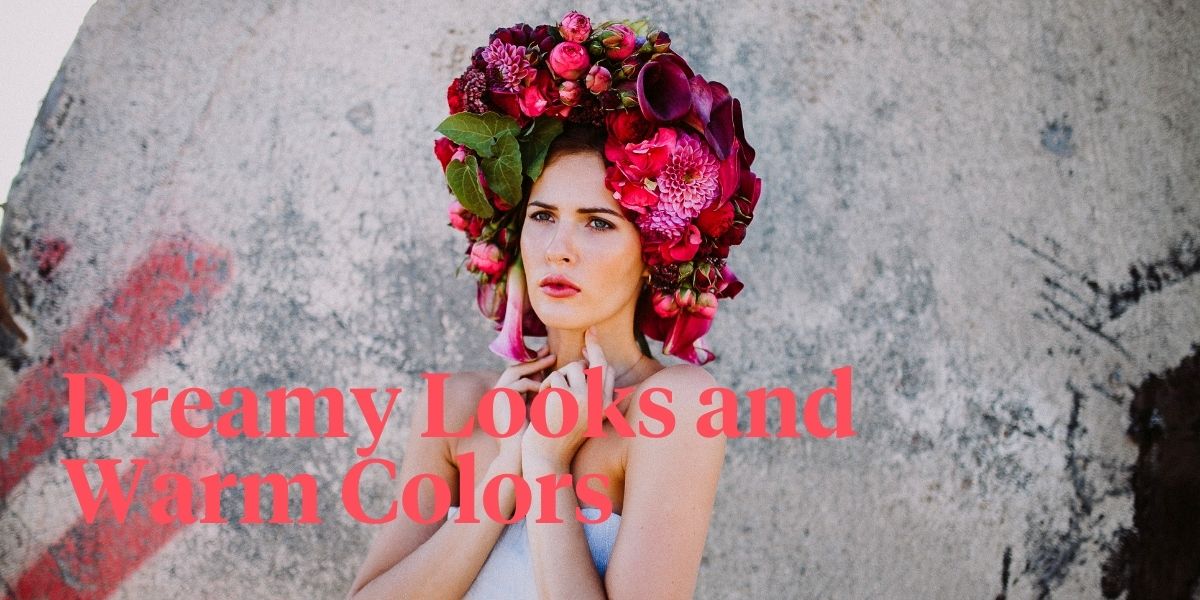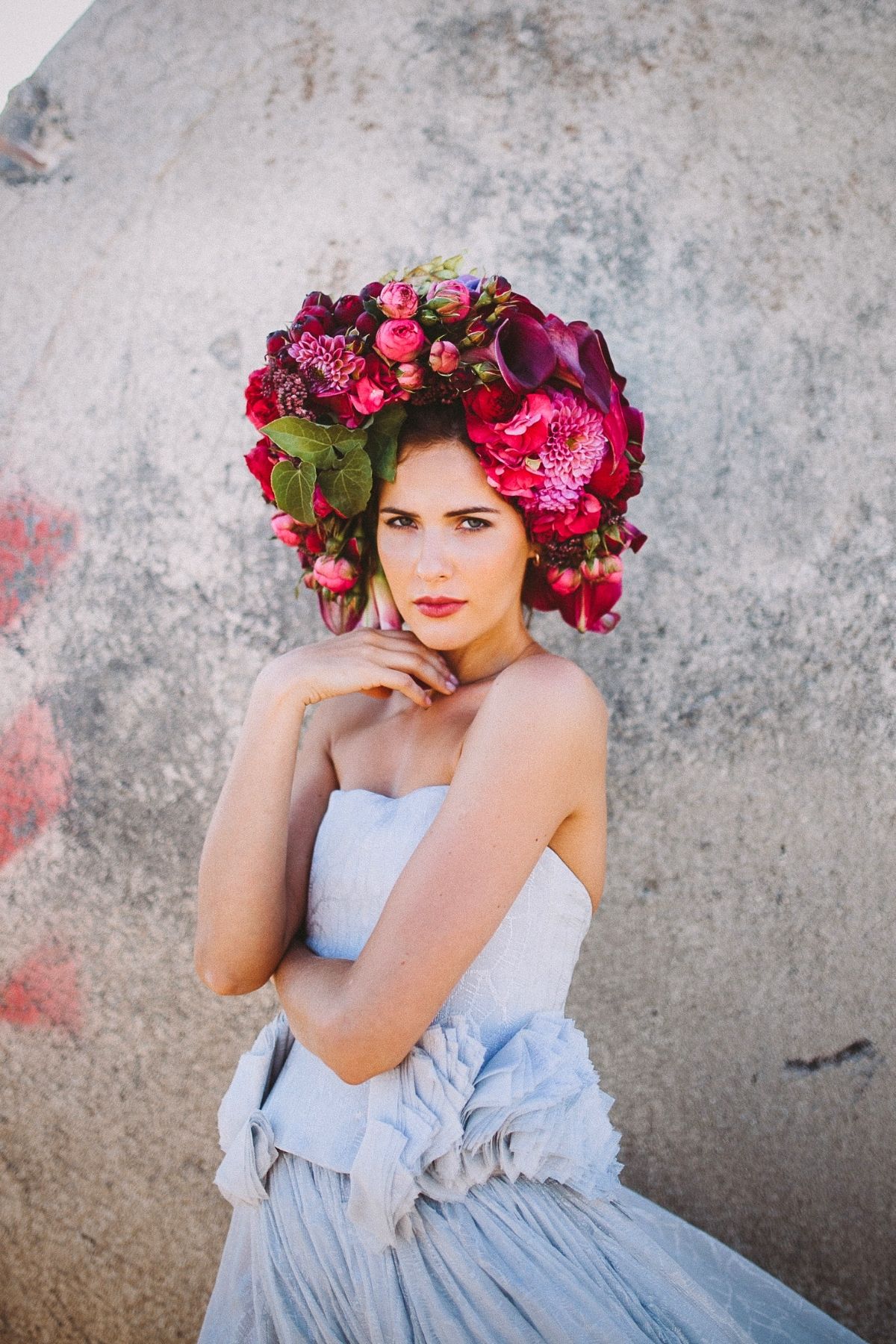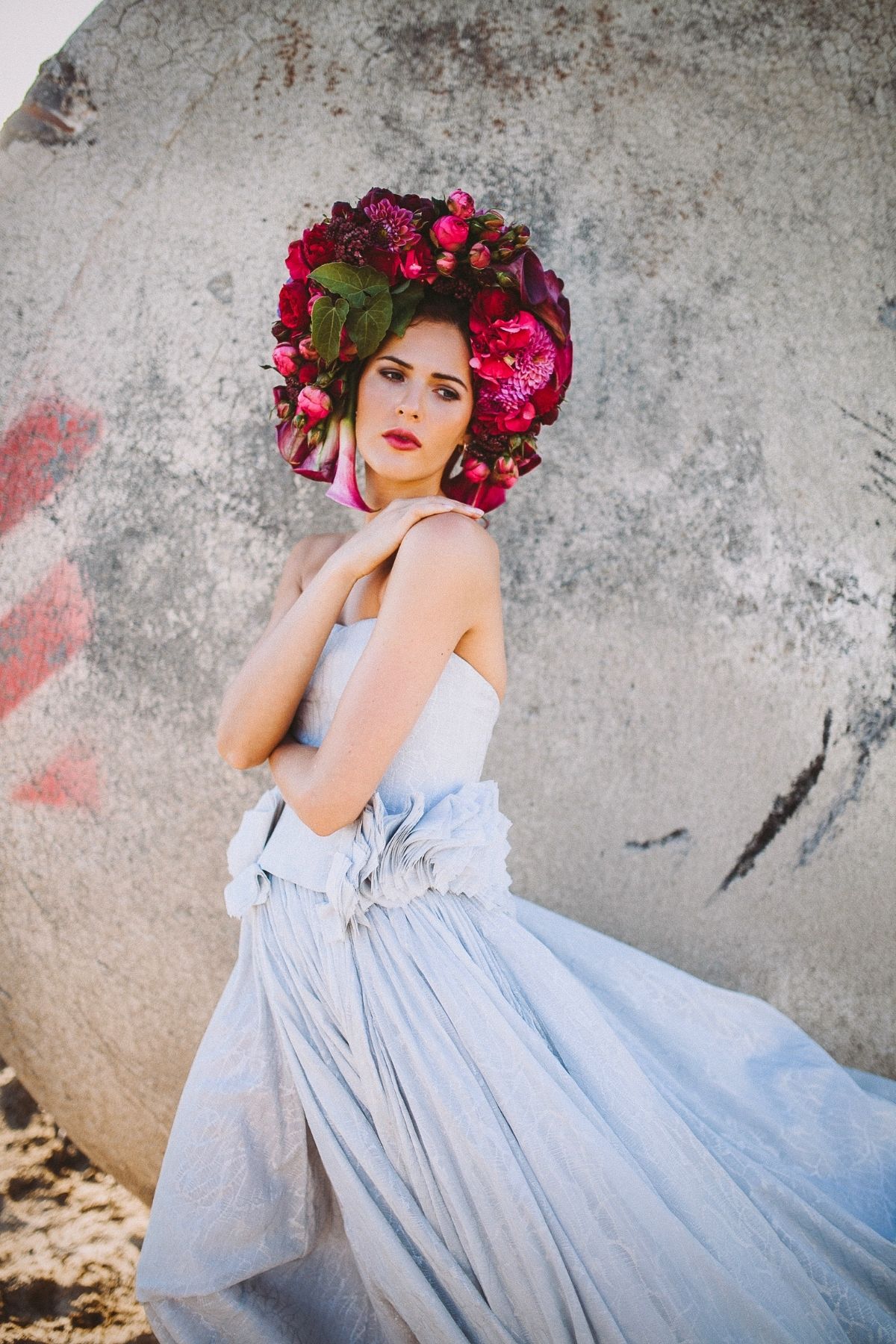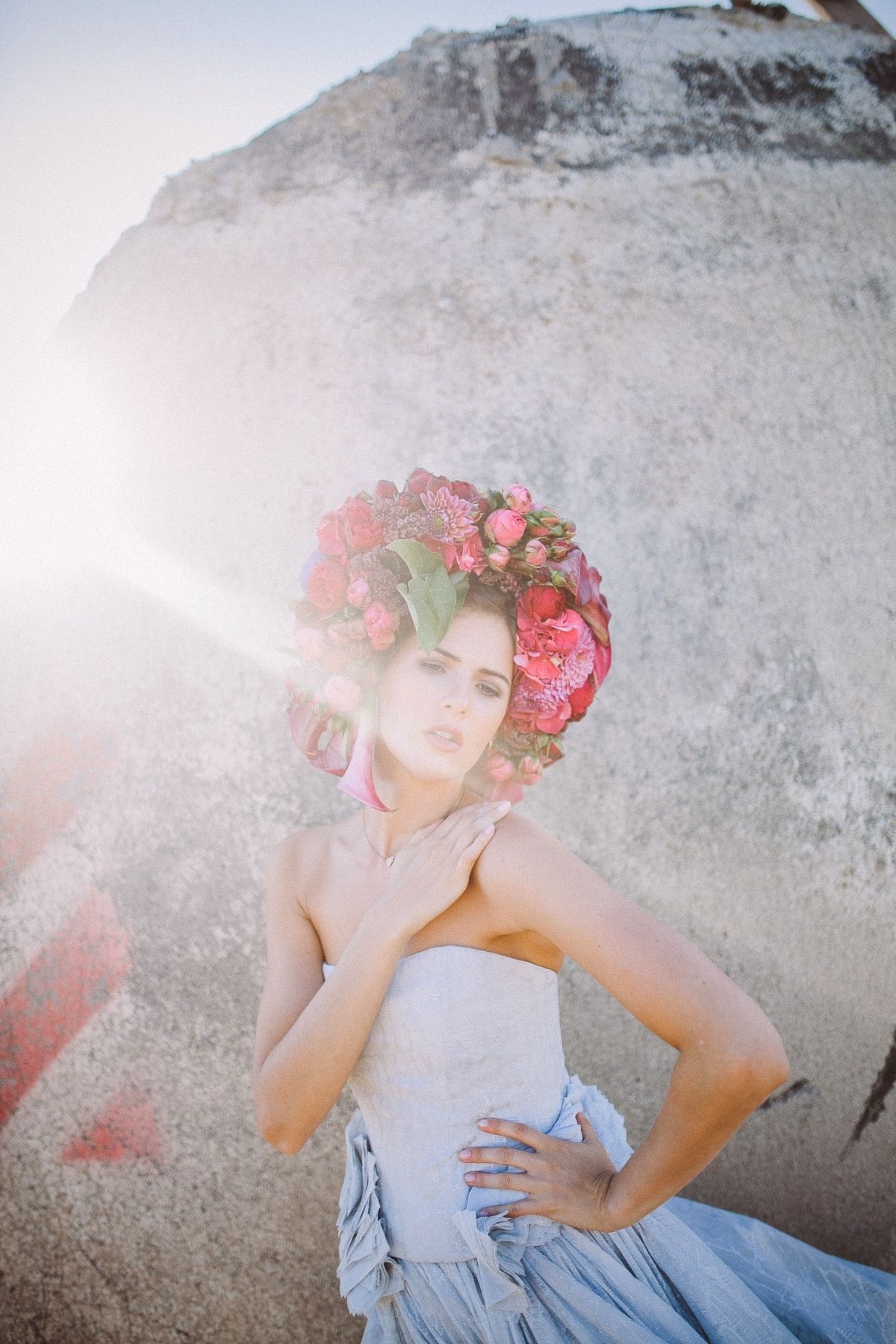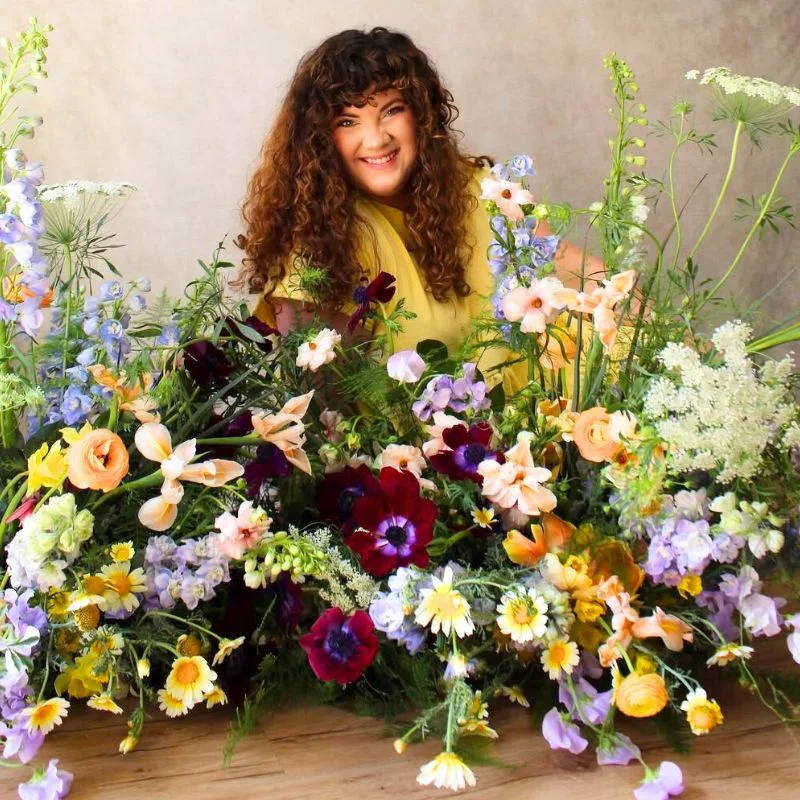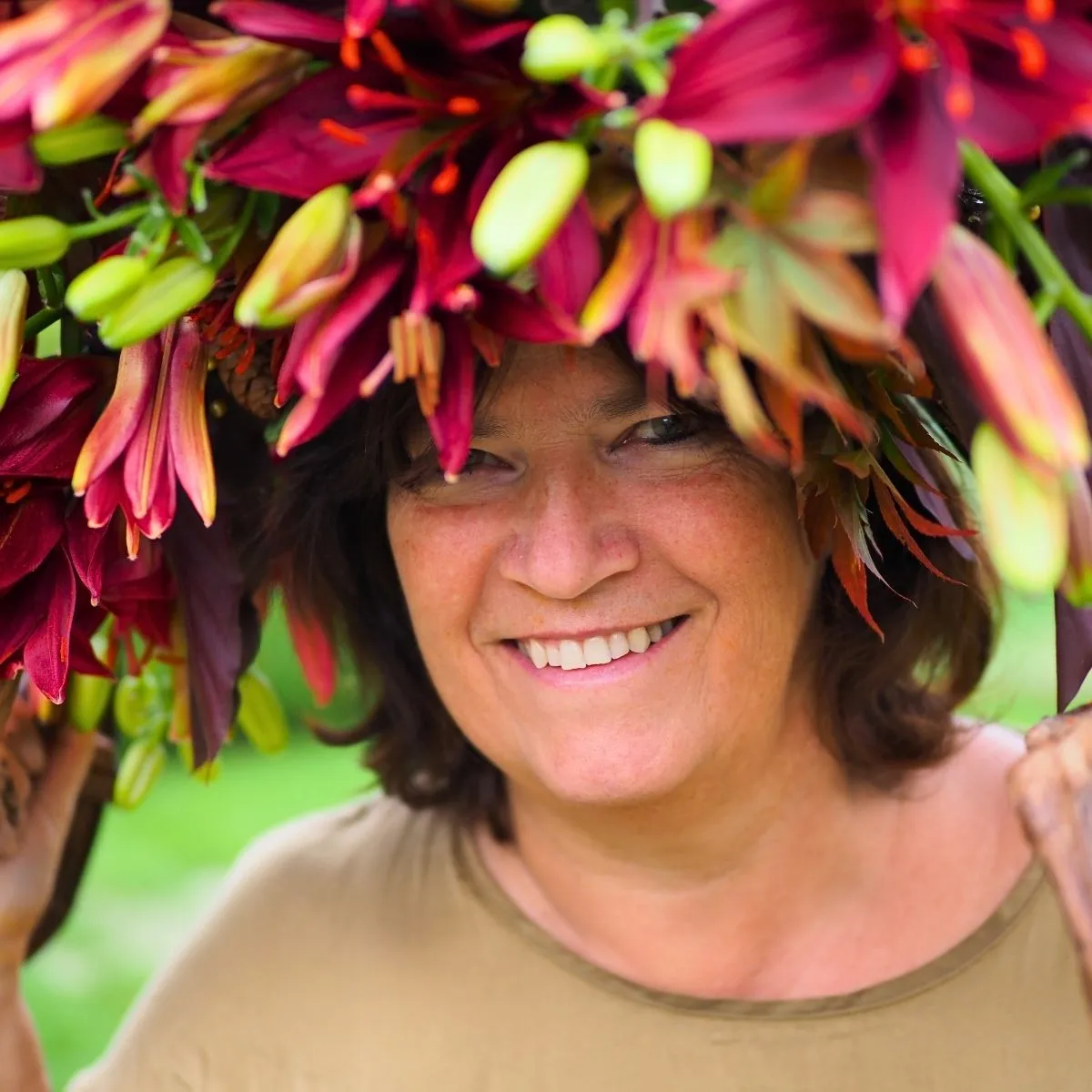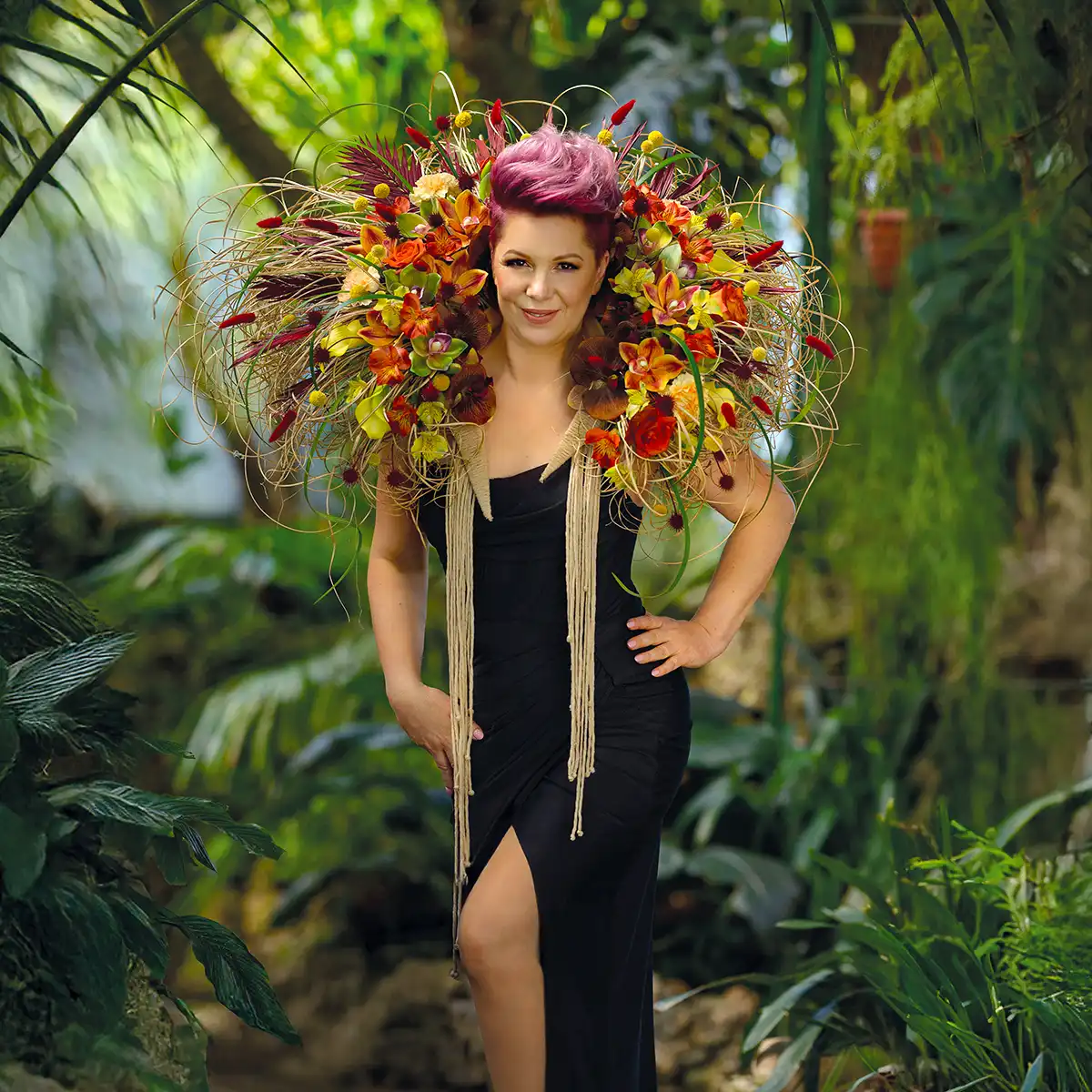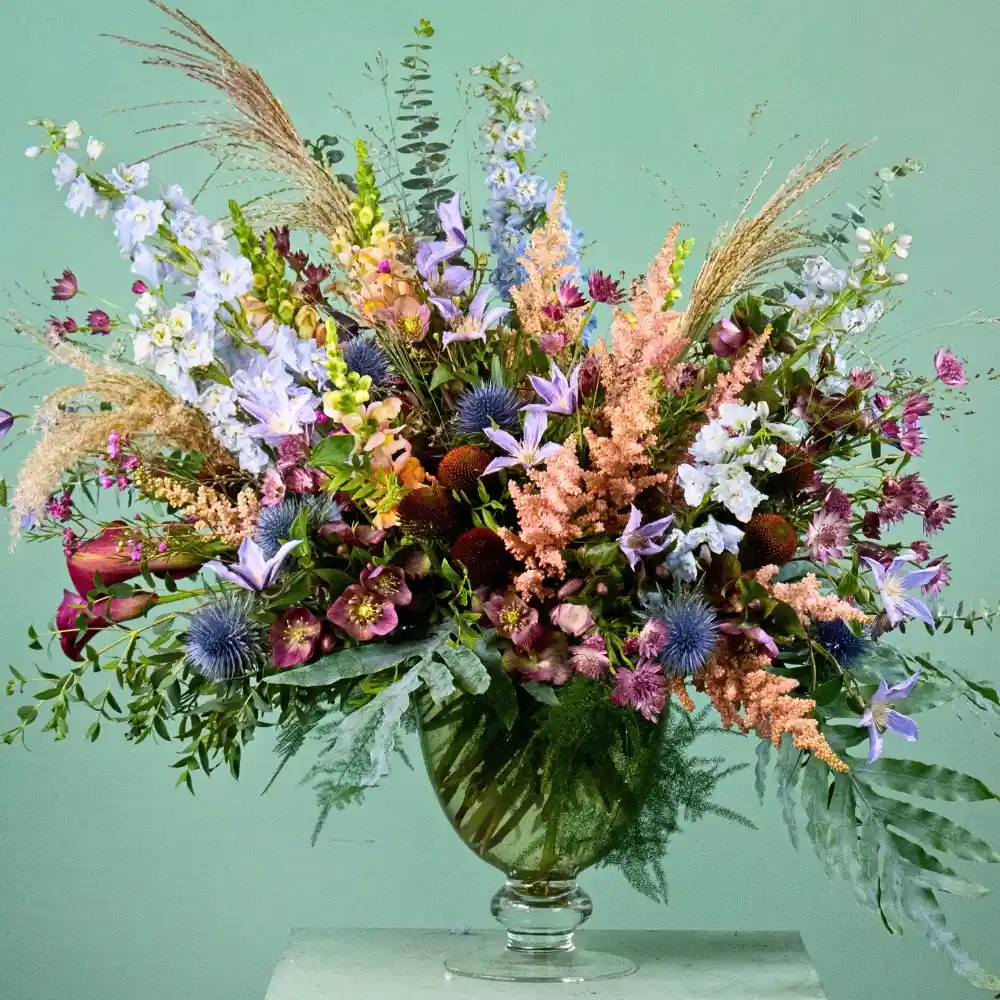To earn to work in the floral industry and to be innovative, you have to understand it. And to understand it means to know the history and the past. Only those who know the material, the story behind it, the cultural and religious background of a design, are able to adapt it into a “new and modern” context. That why I decided to write about the history of the wreath. 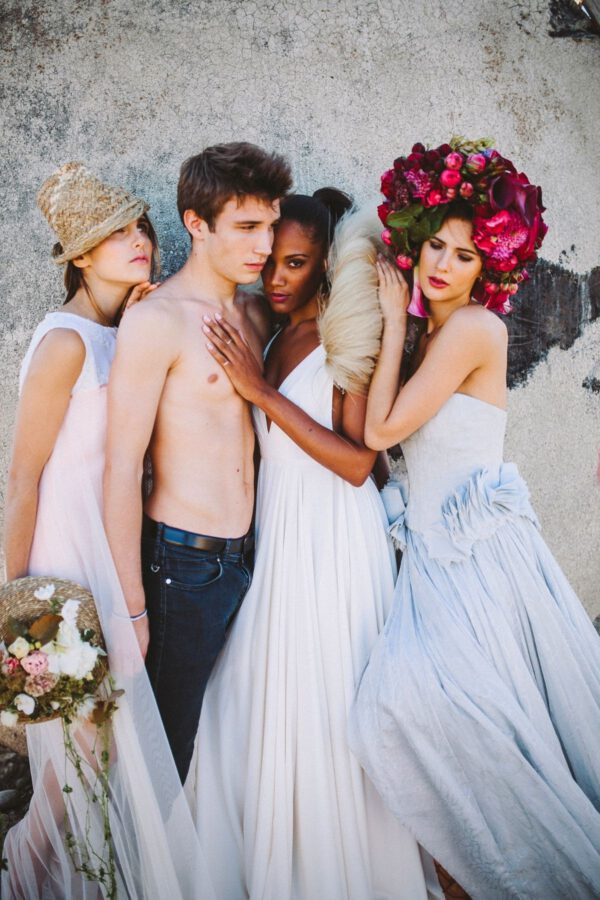 All the words of the Indo-Germanic languages that have anything to do with “round” come from the original Indo-Germanic word “grondo”. The likely demise of the western world had already begun at this time, accompanied by the derisive laughter of a man tortured by spiritual fears the philosopher Friedrich Nitsche. The flower arrangements of this time will bear witness to the fact that this was a time of religious disintegration, religion here meaning not the orthodox faith but the religious feeling that comes out of living in harmony with nature. In the meantime, we have reverted to honoring the flower in its simplest form. Once again it represents the wonder of creation. We see flowers as they were once seen by the painter Matthias Grünewald and Albrecht Dürer as “Children of Paradise”. Later, though disregarded by vain and superficial society, the Impressionists and Expressionists developed a new spiritual relationship to nature.
All the words of the Indo-Germanic languages that have anything to do with “round” come from the original Indo-Germanic word “grondo”. The likely demise of the western world had already begun at this time, accompanied by the derisive laughter of a man tortured by spiritual fears the philosopher Friedrich Nitsche. The flower arrangements of this time will bear witness to the fact that this was a time of religious disintegration, religion here meaning not the orthodox faith but the religious feeling that comes out of living in harmony with nature. In the meantime, we have reverted to honoring the flower in its simplest form. Once again it represents the wonder of creation. We see flowers as they were once seen by the painter Matthias Grünewald and Albrecht Dürer as “Children of Paradise”. Later, though disregarded by vain and superficial society, the Impressionists and Expressionists developed a new spiritual relationship to nature.
The Wreath
Originally the wreath was only meant to be wrapped around the forehead. Ivy or Olive branches made into a wreath symbolized honor and distinction. Ivy was though to counteract the heated spirit of wine. Laurels honored the poet and singer, and then later the hero and conqueror. The oldest wreathes in Ur and Egypt seem to have been made with rows of leaves held together with twine. This is similar to the way children still string together oak leaves using pine needles and decorate this with heather.
Middle Ages
We can find the wreath in the early Middle Ages, where it is used to honor free men and virgins. In Saxon writings of the Germanic era, the green wreath is used to decorate the prince upon his ordination in exactly the same way that it was used in earlier times when a duke was voted leader by the freemen. The later crowns made of gold were nothing more than an abstract copy of headbands or floral wreaths. These two elements came together in the wreath of the Middle Ages that was a delicate and evenly decorated headband of roses. Gold and precious stones were regarded as being of the same spirit as living flowers and greenery, they were, after all, colorful products of nature. In many pictures from the late Middle Ages, we can still find images of the queen of heaven wearing a gold crown studded with precious stones that are clearly the descendant of the floral wreath. 
Olive Branches
Metal crowns made to look like olive branches, laurels, and ivy was already being created in antiquity. But even those wreaths that looked quite realistic were never intended to deceive the eye. The coronet made of white flowers was generally only worn by virgins for their weddings. Sometimes in a teasing gesture, the bride had the crown torn her head and replaced with one of straw by the local youth. When a woman was married a number of times she wore a crown of red roses and camellias as a symbol of maturity. In the Greek and Etruscan times, we can also see the wreath, normally only worn on the forehead, being used to decorate walls. The wreath, made of olive branches, is a symbol of eternal remembrance and often laid by a grave together with a small bottle of water or oil. 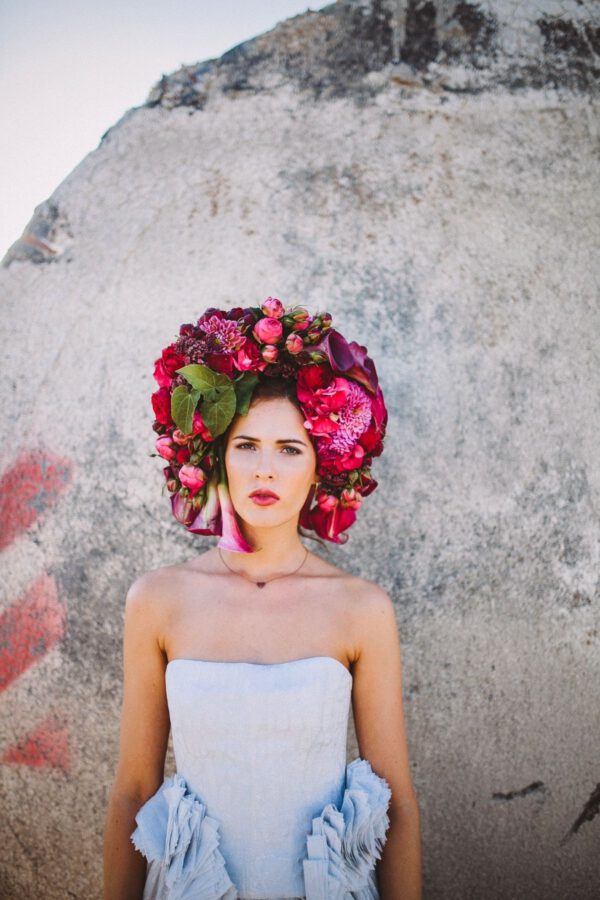
Traditions
There are probably two reasons why larger wreaths combined with garlands do not appear in pictures and paintings until late antiquity, even though both have certainly been around for much longer. The first reason is that if they were drawn in earlier times then probably only in a very abstract way and the second is that the popularity of such rather rustic cultural traditions always trends to be at times when a culture is looking back to its roots. A good example of this can be seen during and after the Baroque era when there was a great desire to go “back to nature”. The country idyll always seems particularly attractive when the spirit and heart of culture are being squashed in city life. The custom of creating several wreaths for the dead only came about in the 17th century and did not come to be widely used until the 19th century. Unfortunately, this immediately became an excuse for rather excessive amounts of flowers to be used. It was also at this time that the bouquet and the wreath were united. Before this time the wreath was only decorated with evenly spaced flowers or with strips of flowers. 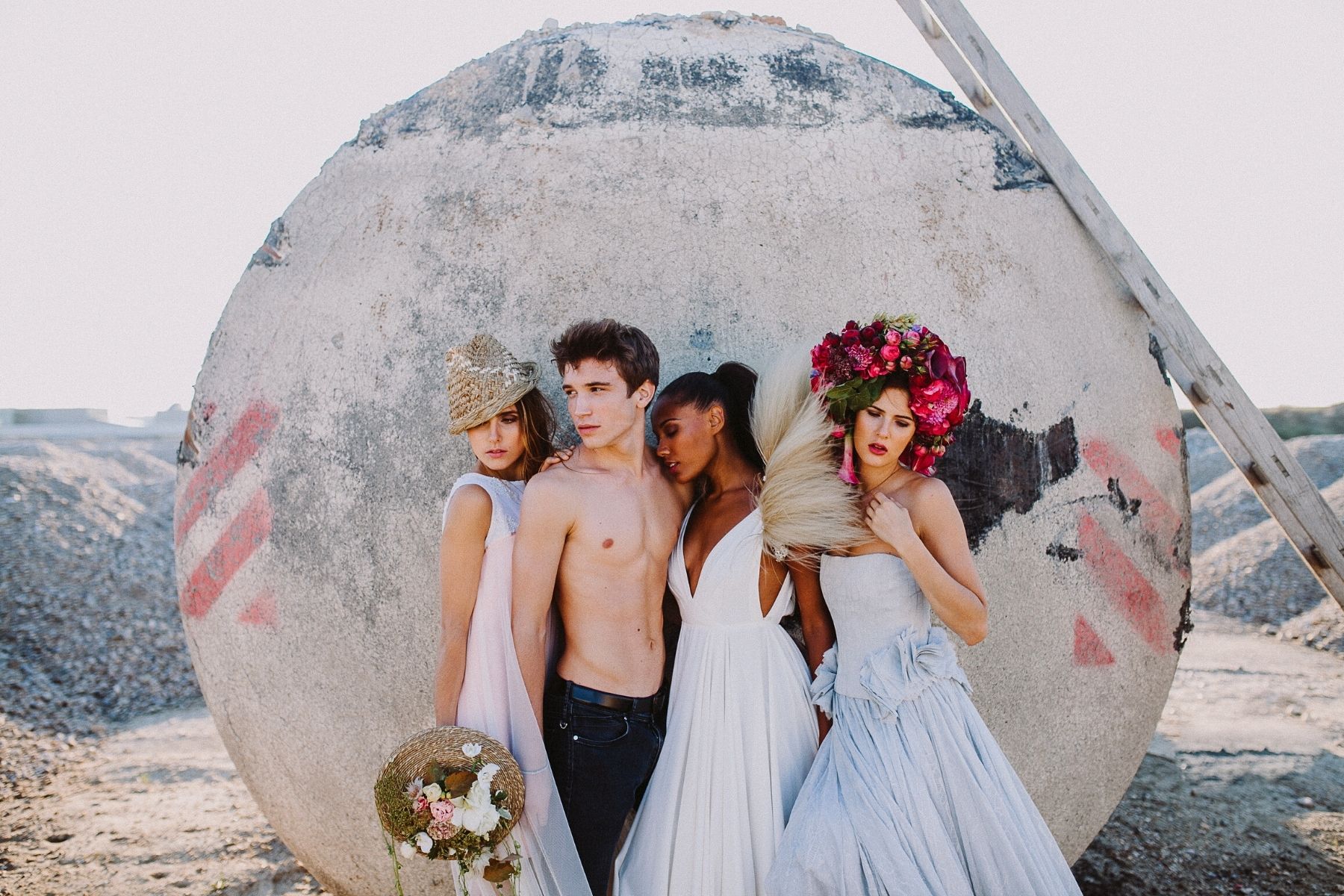
New and Exciting
People are always asking me for new and unusual and exciting techniques and ideas. But it’s difficult to invent the wheel new. Nearly everything is already done. And I see soo many people working in the business. With 0 experience, they just attended maybe 1 or 2 “masterclasses”. How exciting this word sounds: master class... Everyone can give a masterclass now and those attending are handing proudly this certificate over which is nothing but a piece of paper. And they are working in business, thinking they rule the world. I don’t wanna say that there aren’t good amateurs out there but they are good because they are interested. I know I sound old now.
Real Masters
But when I started working, the name master meant something: like the real maters Daniel Ost, Gregor Lersch, and Elly Lin. Those were masters and only them were teaching workshops. Floristry is a craft is education is teaching mind and hands. Not everyone is a master and a master's degree is like university- you have to earn it. You have to go to school and you have to have knowledge. So to earn to work in the industry you have to understand it. And to understand it means to know the history and the past. Only those who know the material the story behind and the cultural and religious background of a design are able to adapt it into a “new and modern” context.
My Advice
My advice to all those people rushing from master class to master class just collecting certificates. Don’t waste your time. Even better take one of the old floristry school books, my favorite ones were written between 1960 and 1990 because those books were teaching the history and old techniques. Yours Faithfully, 

